By the age of seven, an estimated 65 percent of children have had an imaginary friend. “Imaginary companions are giving kids a sense of control,” said child-development researcher Stephanie Carlson. “It’s something they can own all to themselves.”
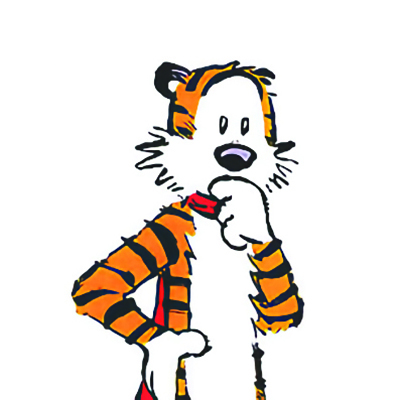
HOBBES
Found in: Bill Watterson’s syndicated comic strip Calvin and Hobbes (1985–95)
Seen by: Calvin, a rambunctious six-year-old
Appearance: A stuffed animal to all but Calvin, who sees him as a man-sized bipedal tiger
Behavior: As Calvin’s faithful confidant, coconspirator, and protector, Hobbes accompanies him to school, plays with him in the woods, and sleeps alongside him at night.

HARVEY
Found in: Mary Chase’s stage comedy of the same name (1944) and a film adaptation starring James Stewart (1950)
Seen by: Elwood P. Dowd, a gentle alcoholic
Appearance: An invisible six-foot-tall white rabbit
Behavior: “Harvey and I sit in the bars,” Dowd says in the play. “Faces of the other people turn toward mine and smile…We have entered as strangers—soon we have friends.”
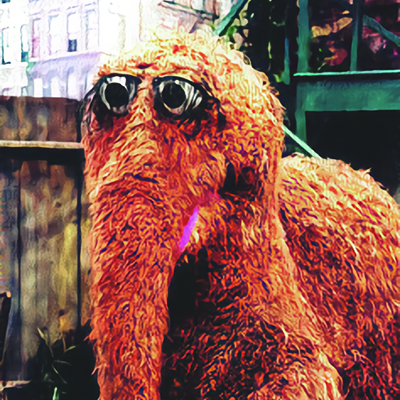
MR. SNUFFLEUPAGUS
Found in: Children’s television show Sesame Street, on which he first appeared in 1971
Seen by: Initially only Big Bird, but now visible to all
Appearance: A woolly mammoth–like puppet with long, feathery eyelashes
Behavior: For the first fourteen years, Mr. Snuffleupagus would emerge, help Big Bird, and then vanish, causing nearby adults to question his existence.
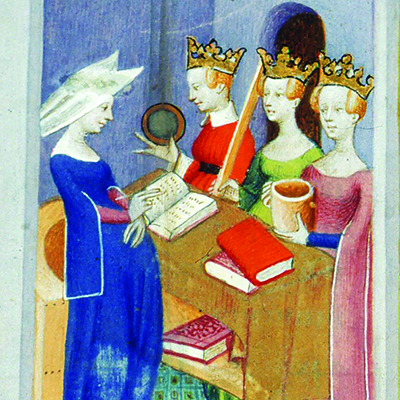
REASON, RECTITUDE, AND JUSTICE
Found in: Christine de Pisan’s Book of the City of Ladies (c. 1405)
Seen by: The narrator, Christine, a fictionalized version of the author, who falls into a trance after reading a misogynistic treatise
Appearance: Three “crowned ladies” alike in “radiant beauty,” although Justice has “so fierce a visage that whoever, no matter how daring, looked in her eyes would be afraid to commit a crime”
Behavior: In turn, the three personifications restore Christine’s faith in the female sex by offering examples of outstanding women throughout history.
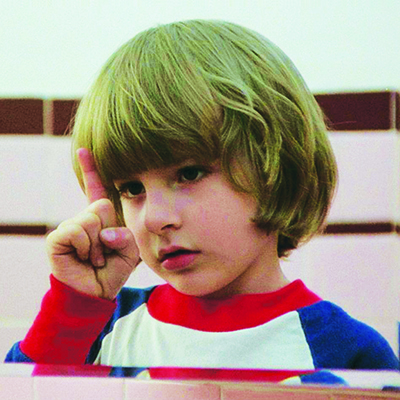
TONY
Found in: Stephen King’s novel The Shining (1977) and Stanley Kubrick’s film adaptation (1980)
Seen by: Danny, the five-year-old son of frustrated writer Jack Torrance
Appearance: Signified in the film version by a crook of Danny’s index finger, but always just out of sight in the novel
Behavior: “Sometimes, when I try real hard to understand things, he comes,” Danny explains to another character, “and it’s like I pass out. Only…there are dreams…They used to be nice. But now…I can’t remember the word for dreams that scare you and make you cry.”
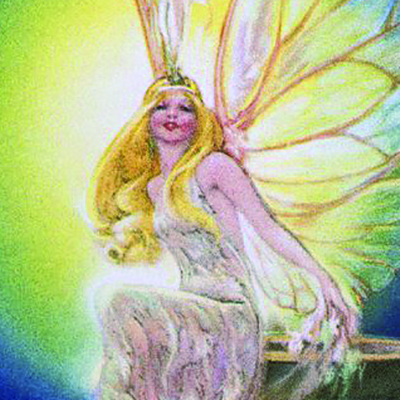
TINKER BELL
Found in: J.M. Barrie’s play Peter Pan (1904) and its many adaptations
Seen by: Anyone, so long as enough children believe in fairies
Appearance: Usually represented by a flashing light in stage productions, though Barrie originally conceived of her as “a girl exquisitely gowned in a skeleton leaf, cut low and square, through which her figure can be seen to best advantage”
Behavior: “Although she is usually helpful, with a gift for repairing small objects, Tinker Bell can be possessive of her friend Peter Pan to the point of vindictiveness.